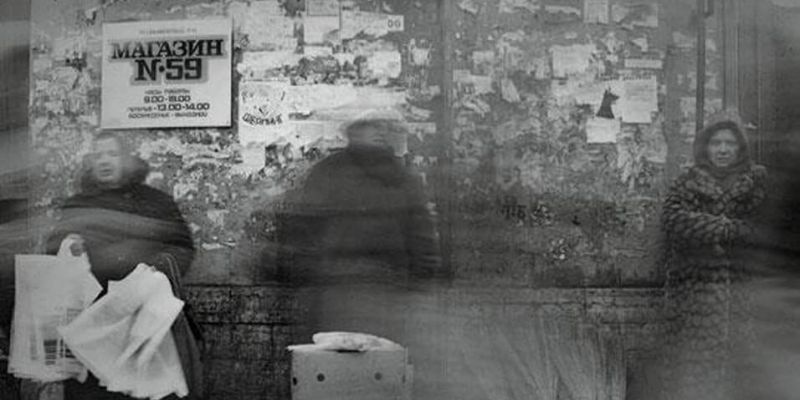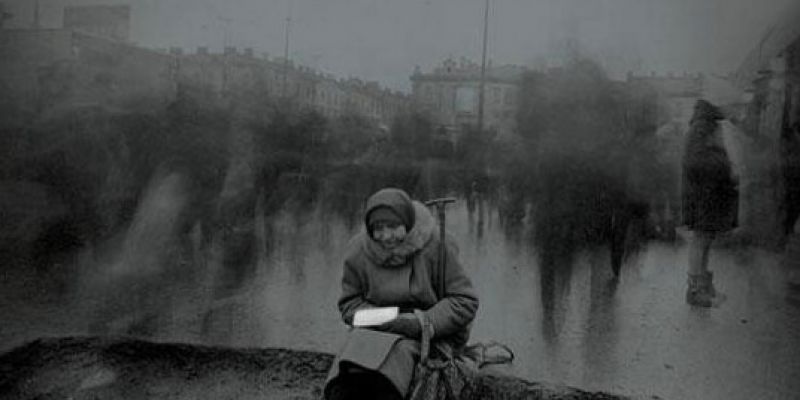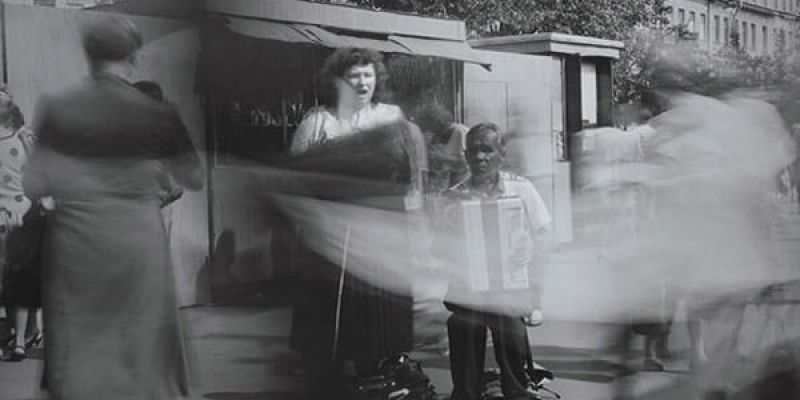Black Chronicles II @ Autograph ABP reviewed by Magali Avezou
images courtesy of Autograph ABP
Black Chronicles II is the first exhibition to be launched in conjunction with The Missing Chapter, a research project which seeks to explore the photographic narratives of migration and cultural diversity in relation to Britain’s colonial past. Presented by Autograph ABP – a foundation devoted to researching black narratives – the show displays more than 200 photographs exploring black identity in Victorian Britain.
The walls of the ground floor are painted black and display 55 images by the London Stereoscopic Company. These images are part of the Hulton Archive, a division of Getty Images. 30 portraits depict the Africa choir that toured Britain between 1891-93. On the second floor, over 100 cartes-de-visites picture visiting performers, dignitaries, servicemen, missionaries, and students. All the photographs were taken in England before 1938.
Among the images displayed are painterly black and white portraits showing very confident sitters. These images stand in stark contrast to the propaganda representations of black subjects which were prevalent before the 2nd world-war. The exhibition Bon Baiser des Colonies, showed at Les Rencontres d’Arles last summer – showed a very different representation of black people under colonial rule shot by French photographs at the beginning of the XIXth century in North-Africa and make for a striking contrast.
The portraits displayed in this exhibition are dignifying. The subjects are well dressed, some wearing suits and hats and others wearing luxurious African dress. They adopt confident postures, elegant gestures and self- contained gazes. These portraits were taken at a time in which studio portraiture was the preserve of a privileged minority. As argued by the curators Renée Mussai and Mark Sealy, this fact raises questions regarding the ideological conditions in which these images were produced and what messages they intend to communicate.
As stated in the press release, Black Chronicles II “redresses persistent ‘absence’ within the historical record.” Through displaying these images, the curators point to an alternative history of black identity and raising questions about the place of the subjects in the colonial order and in British society. The show and programme, is the beginning of an exciting task of research for historians to interpret this impressive material.
Image credit: London Stereoscopic Company studios, 1891. Courtesy of © Hulton Archive/Getty Images
 Magali is a London-based arts professional specialising in photography. She holds degrees in History and History of Arts (DEA, Grenoble II France), Art Management (DESS, Paris X France) and Photography (MA, London College of Communication, UK). She is has worked for for art magazines The Eyes and FIFA Annuel and held positions at Troika Editions, Payne||Shurvell and Koenig books. She is interested in philosophical and anthropological notions of displacement and exoticism and its representation in contemporary photography.
Magali is a London-based arts professional specialising in photography. She holds degrees in History and History of Arts (DEA, Grenoble II France), Art Management (DESS, Paris X France) and Photography (MA, London College of Communication, UK). She is has worked for for art magazines The Eyes and FIFA Annuel and held positions at Troika Editions, Payne||Shurvell and Koenig books. She is interested in philosophical and anthropological notions of displacement and exoticism and its representation in contemporary photography.



